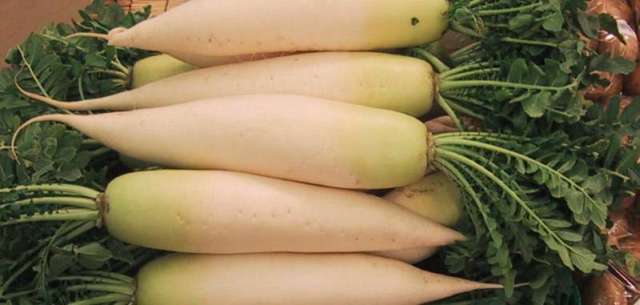An Asian Market Shopping Guide: Pt. II - Roots, Tubers, and Gourds
Welcome to part two of our Asian market adventure. In this installment, we're sticking to the produce aisle and investigating the other kinds of vegetables that the orient has to offer.
Winter Melon (冬瓜)
This fruit is a relative of the honeydew. It has a waxy coating and the flesh has a slightly sweet but also musky flavor. It's a great addition to soups, as it smooths out the flavor. One common dish that uses it is pork sparerib soup.
Bitter Melon / Goya (苦瓜)
This fruit has an elongated shape much like a squash or zucchini. It's a very common ingredient in Okinawan cuisine, and the name Goya comes from the Okinawan language. The most famous dish that includes it is Goya Chanpuru. As the name suggests, it has a very strong bitter flavor. You can reduce the bitterness using the method shown in the video. Salt it, let it sit, and then rinse thoroughly with water. It's a difficult taste to get used to. Personally, I don't really like it.
Daikon / Asian Radish (大根/萝卜)
This is a variety of radish with a white color and a long fat root (the Japanese name literally means "big root"). It is usually used in soups and is very good at absorbing flavor from the surrounding broth. It also has a bitter flavor that can be quite strong. I usually parboil it for a bit in order to reduce the bitterness.
Taro (芋艿)
This is a starchy tuber much like a potato. However, it has a more complex, meaty flavor and texture. It can be cooked in much the same way as a potato: fried, baked, boiled, etc. It's often used in Japanese cuisine as an addition to soups (and it absorbs flavor wonderfully). In Cantonese cuisine, it's often steamed or pan fried. One tasty preparation is to pan-fry a taro cake made from mashed taro and rice flour. The one thing you can't do is eat it raw, because it's slightly poisonous.
Lotus Root (藕)
You've likely seen lotus flowers floating on a pond before, but did you know that its root is edible? The root is starchy but crisp. Like taro, lotus root can either be pan-fried/stir-fried or added as an ingredient to soups.
Bamboo Shoots (竹子)
It's not just for pandas. Adding bamboo shoots to a dish can really impart a great savory texture. You can buy it canned or fresh. If the latter, make sure to boil it before you cook it, since it is poisonous.





